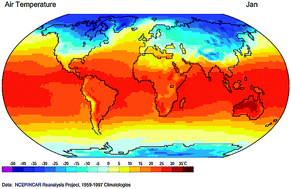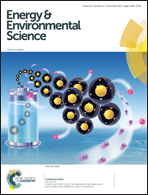Nonaqueous redox-flow batteries: organic solvents, supporting electrolytes, and redox pairs†
Abstract
As members of the redox-flow battery (RFB) family, nonaqueous RFBs can offer a wide range of working temperature, high cell voltage, and potentially high energy density. These key features make nonaqueous RFBs an important complement of aqueous RFBs, broadening the spectrum of RFB applications. The development of nonaqueous RFBs is still at its early research stage and great challenges remain to be addressed before their successful use for practical applications. As such, it is essential to understand the major components in order to advance the nonaqueous RFB technology. In this perspective, three key major components of nonaqueous RFBs: organic solvents, supporting electrolytes, and redox pairs are selectively focused and discussed, with emphasis on providing an overview of those components and on highlighting the relationship between structure and properties. Urgent challenges are also discussed. To advance nonaqueous RFBs, the understanding of both components and systems is critically needed and it calls for inter-disciplinary collaborations across expertise including electrochemistry, organic chemistry, physical chemistry, cell design, and system engineering. In order to demonstrate the key features of nonaqueous RFBs, herein we also present an example of designing a 4.5 V ultrahigh-voltage nonaqueous RFB by combining a BP/BP˙− redox pair and an OFN˙+/OFN redox pair.


 Please wait while we load your content...
Please wait while we load your content...